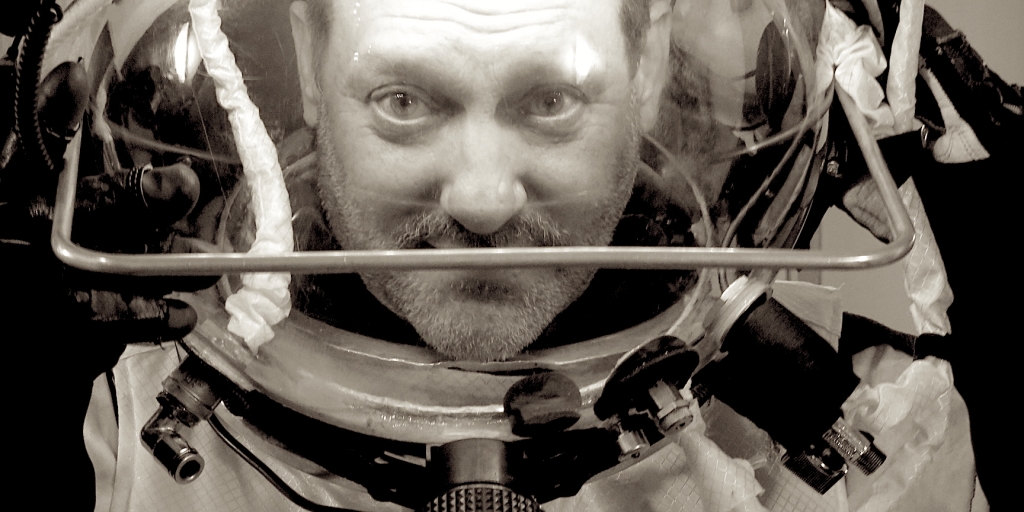
The following was written by Dr. Lawrence Kuznetz:
No spacesuit to date or in the planning stage has made mitigating the forward and backward spread of potential pathogens to and from planet Earth a priority. Doing so isn’t easy. But as JFK famously said, “We do this things not because they are easy but because they are hard, and that brings out the best of us.” Which brings us to the “MarsSuit” and the MQS (Mobile Quarantine Suit), the topic of this email.
Stopping pathogen spread for the Artemis EMU was never a priority since the Apollo Program’s quarantine procedures (lunar receiving lab, etc.) found none and deemed protection unnecessary. Mars is a different story. Human missions to Mars will encounter a far more likely chance of pathogen exposure than the lunar surface.
It was for this reason that I chose Spacesuits and Life Support Systems for the Exploration of Mars as the topic of my NRC Post-doc at NASA-ARC, and followed that with a series of courses, conferences, related projects at NASA. The resulting technical outcome was using the Martian atmosphere for torso pressurization, thus enabling mass savings, puncture protection, and other radically different features. The concept maturation went on for decades as described in a plethora of reports, studies and presentations.
In the midst of the pandemic, everything changed. A mind-bending confluence of events involving a cruise ship entrepreneur and a PhD hot air balloon-jumping pressure suit designer (Dr. Cameron Smith) led to seed funding and prototype fabrication. The first “MarsSuit” prototype and a higher pressure rev 2 version verified the radically different concept of operations in 2022. It became abundantly clear that the same technology embodied in the MarsSuit’s planetary protection feature could also be migrated to a Mobile Quarantine Suit (MQS) capable of mitigating future and more serious pandemics on Earth by providing:
- Barriers to pathogen entry or exit (BEBE)
- Face to face exposure elimination (FFEE)
- Cooling fog-free airflow
- Ease of doffing and donning (2 minutes or less)
- Lightweight comfort (less than 2 lbs)
- Reusability (as opposed to single use PPE)
- Rapid Disinfection ability
- Redundant changeable and evolvable filters
- Redundant ventilators
- Cost effectiveness (projected <$200 / year vs >$3500 PPE / year)
- Far greater protection than mask mandates
For more information, visit: Planetaryprotek.com

